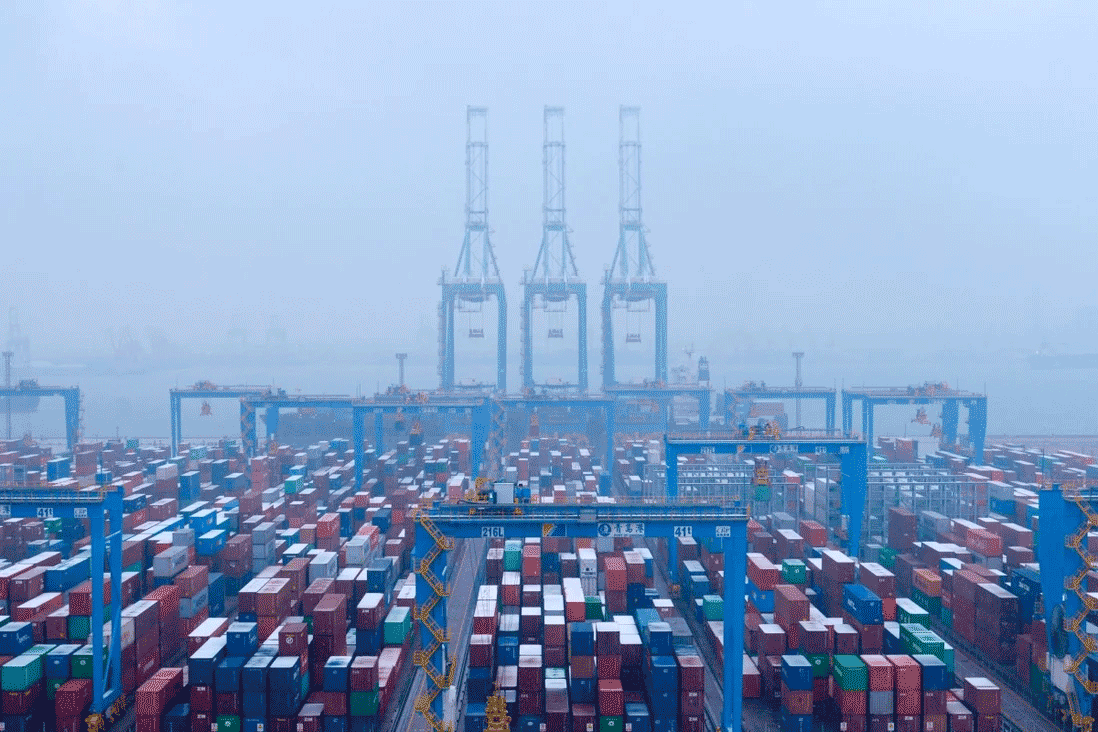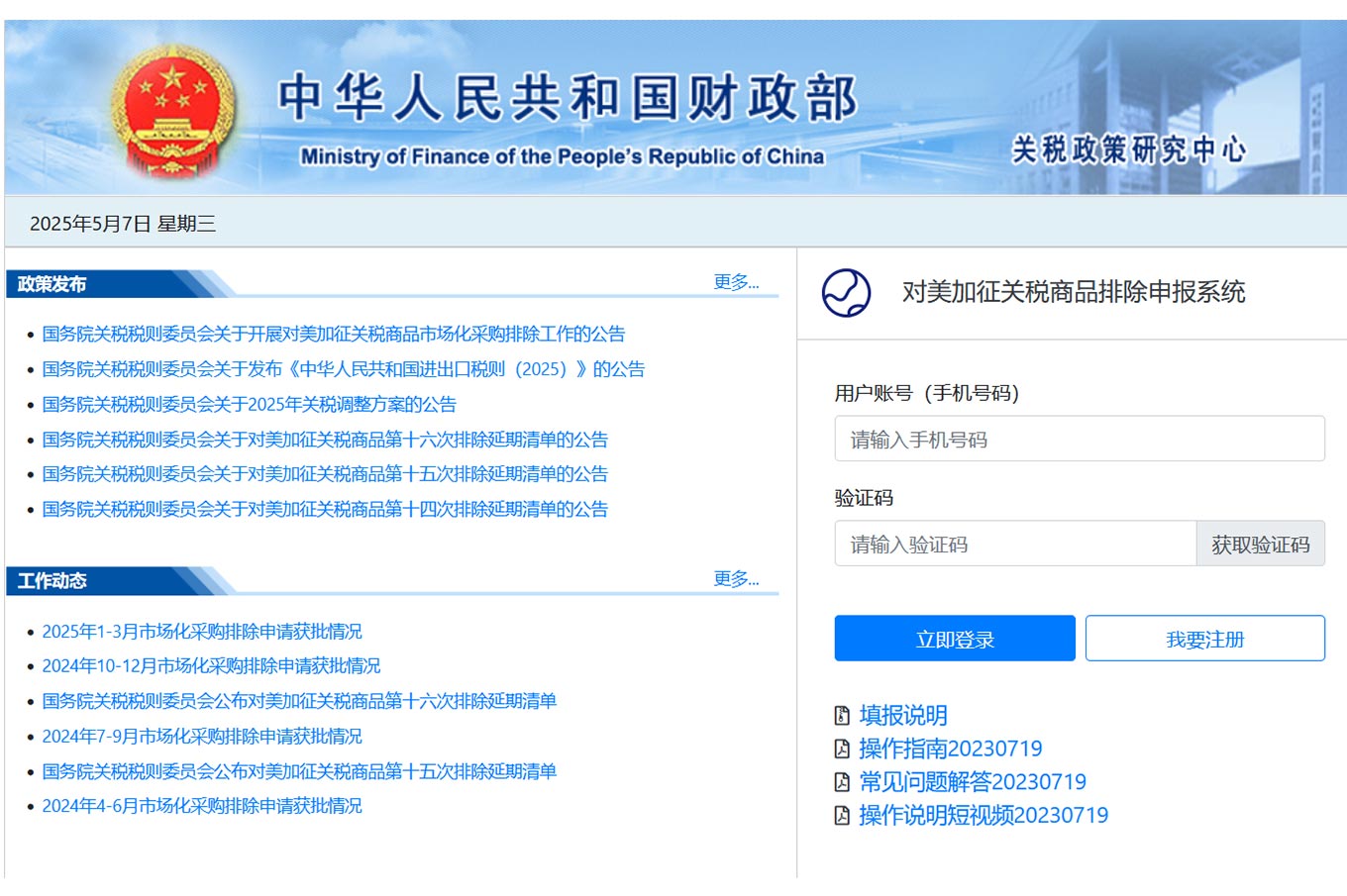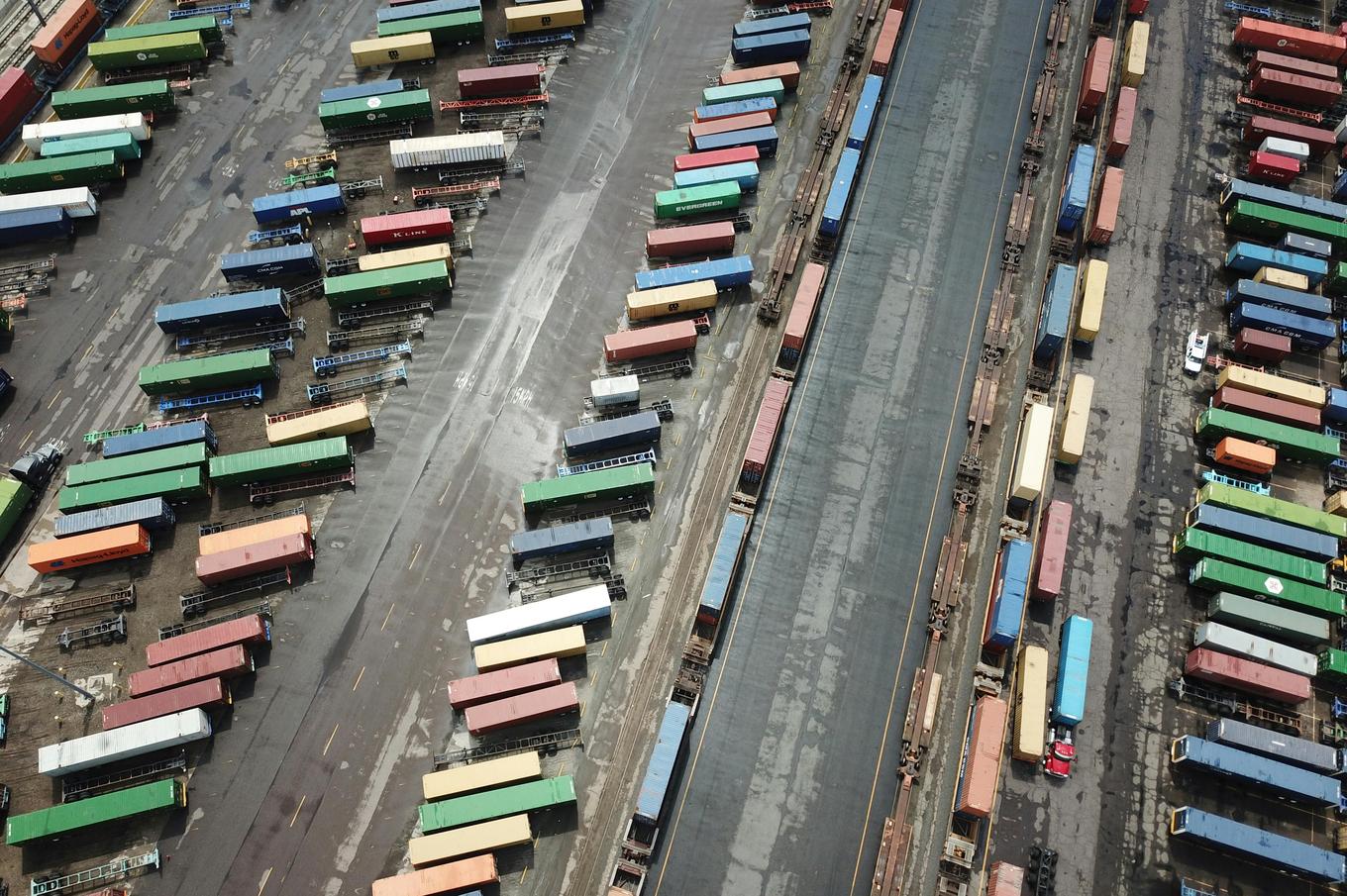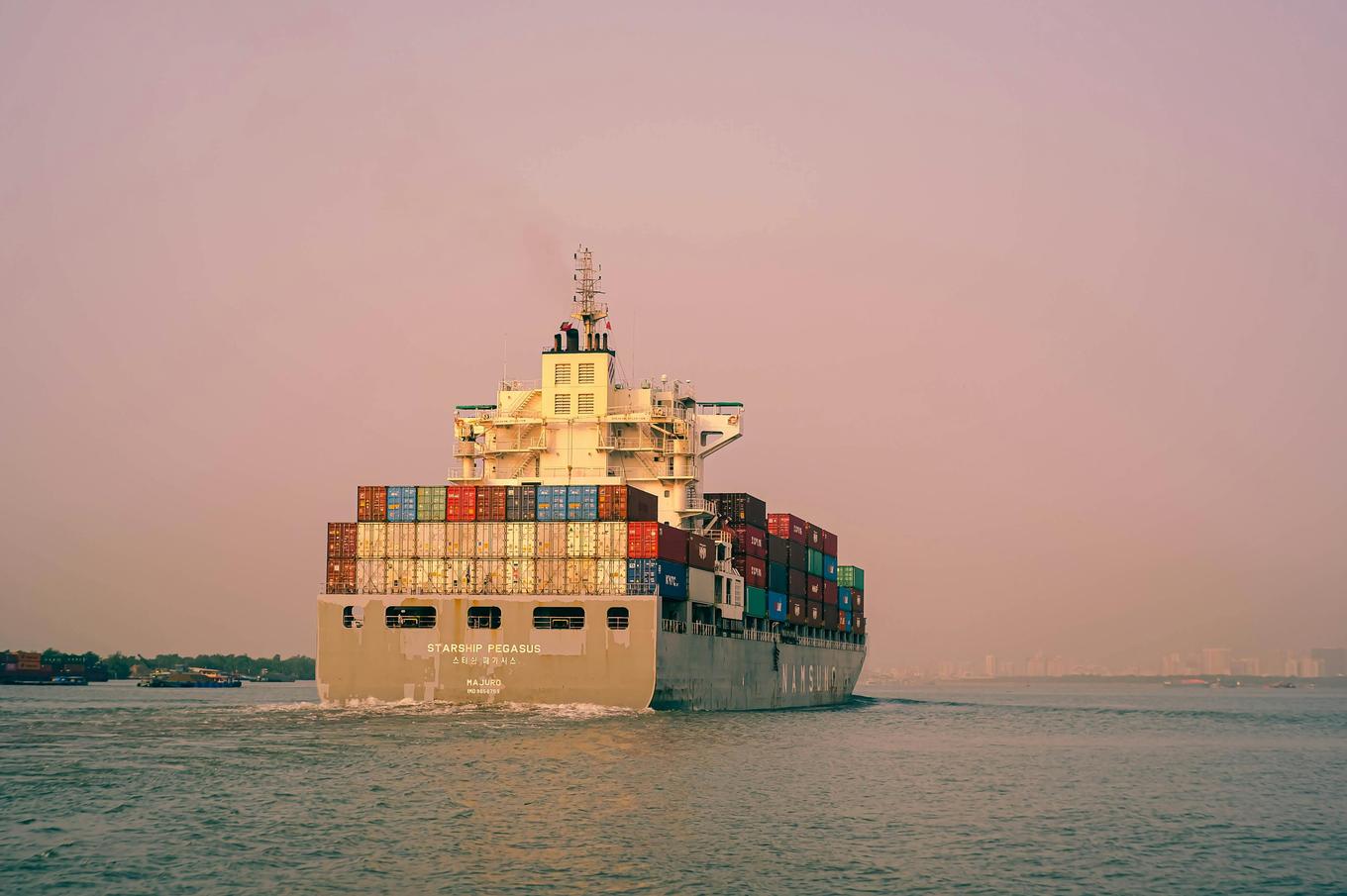- Shanghai Zhongshen International Trade Co., Ltd. - Two decades of trade agency expertise.
- Service Hotline: 139 1787 2118
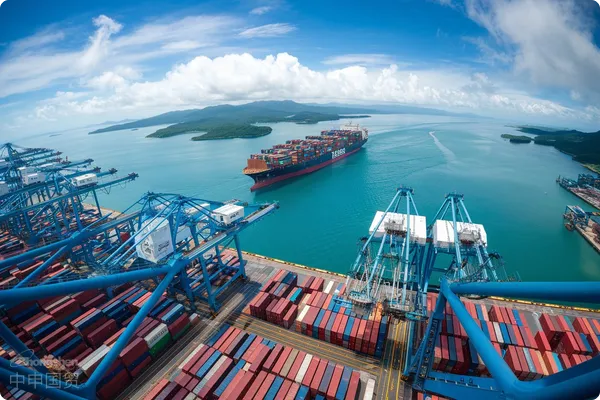
On Friday local time, U.S. President Trump suddenly announced during a meeting with Japanese Prime Minister Shigeru Ishiba that he would unveil a reciprocal tariff policy targeting multiple countries next week. This move marks a new phase in trade friction between the U.S. and its major trading partners. Upon the news, the three major U.S. stock indices fell immediately, with the Dow Jones Industrial Average dropping over 200 points within half an hour, reflecting market concerns about escalating trade conflicts. Trump emphasized that the new measures aim to ensure fully reciprocal trade relations between the U.S. and other countries, stating the policy would cover everyone but refused to disclose the list of affected countries.
Notably, Trump specifically mentioned that auto tariffs remain a key option in the policy toolkit. He stated: The automotive industry concerns national interests; we must achieve trade balance through tariffs. This stance continues his pressure strategy on major auto-exporting countries like Germany and Japan during his tenure. Analysts noted that if the U.S. imposes a 25% tariff on imported cars, the global automotive supply chain could face up to $50 billion in cost impacts, potentially forcing some multinational automakers to adjust their global production layouts.
This policy escalation builds on previous executive orders. Earlier this month, the White House announced 10% and 25% tariffs on Canadian and Mexican energy products and industrial goods, respectively, but delayed implementation due to strong business opposition. This threat-delay pattern has raised questions about the coherence of the Trump administrations trade strategy. Canadian Chamber of Commerce VP for International Trade Atkinson stated: This erratic decision-making makes long-term planning difficult for businesses.
The EU responded quickly. Bernard Lange, chairman of the Trade Committee of the European Parliament, revealed that Brussels is considering reducing US auto import tariffs as a compromise. This continues the EUs strategy in recent years to avoid a full - scale trade war - previously, by reducing lobster tariffs and increasing liquefied natural gas purchases, the EU successfully limited the US - EU trade disputes to the steel and aluminum product sectors. However, EU internal documents show that if the United States implements global tariffs, the Section 301 investigations of strategic industries including pharmaceuticals and oil may be restarted.
The Trump team views VAT systems as a new battleground. White House trade advisor Peter Navarro has repeatedly accused the EU VAT system of creating hidden trade barriers, arguing that the 15% minimum standard rate and its differentiated implementation undermine U.S. product competitiveness. European economists have rebutted this view, with IMF research noting that U.S. state sales taxes average ~6.5%, and combined federal taxes result in comparable actual tax burdens to Europe. But political considerations clearly outweigh economic analysis, as Trump bluntly stated in the Oval Office: We won’t take more, but we won’t take less either.
The response strategies of multinational enterprises show a polarization. Some technology companies and retailers are accelerating the diversification of their supply chains. Companies such as Amazon and Walmart have recently increased the proportion of purchases from Southeast Asian suppliers. While heavy - industry enterprises such as Boeing and Caterpillar are increasing their lobbying efforts, worried that retaliatory tariffs will affect their overseas markets. A latest survey by the US Chamber of Commerce shows that 83% of manufacturing enterprises believe that the current trade policies have increased their operating costs, an increase of 12 percentage points compared with the same period last year.
Market observers note this policy announcement coincides with the Feds monetary policy shift. Principal Global Investors Chief Strategist Seema Shah pointed out: Trade war risks and interest rate policies create a double squeeze, potentially amplifying capital market volatility. The CBOE Volatility Index (VIX) surged 18% Friday, its biggest single-day gain in three months. Energy markets were also affected, with WTI crude futures falling 2.3%, reflecting investor concerns about global growth prospects.
Related Recommendations
? 2025. All Rights Reserved. Shanghai ICP No. 2023007705-2  PSB Record: Shanghai No.31011502009912
PSB Record: Shanghai No.31011502009912

